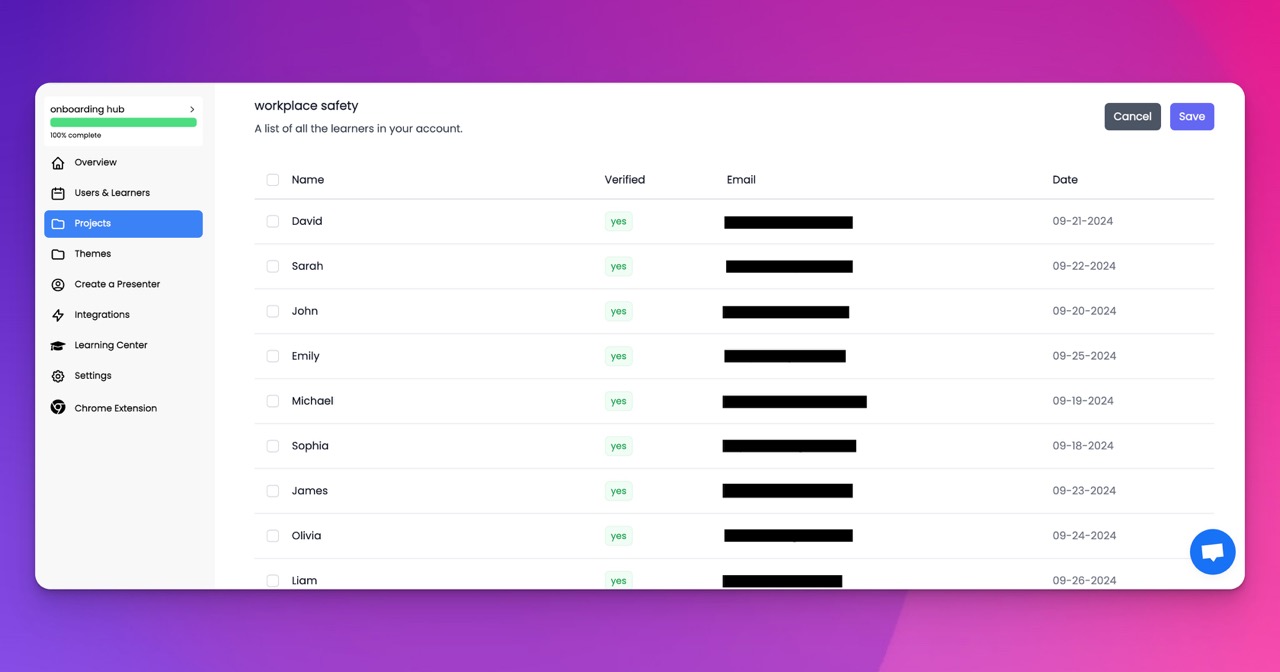🎉 Trainday now integrates with Zendesk and Hubspot 🎉 Trainday now integrates with Zendesk and Hubspot 🎉 Trainday now integrates with Zendesk and Hubspot
🎉 Trainday now integrates with Zendesk and Hubspot
🎉 Trainday now integrates with Zendesk and Hubspot
Contact
Aggregate Columns
Aggregate columns are an essential feature of data analysis, which helps in summarizing data in a more comprehensive way. The process involves the creation of a new column by performing statistical operations on existing columns. For instance, you can compute the average, count, or sum of values in a column and create a new column with the results.
Aggregate columns are useful for data analysis because they provide a better understanding of the data, especially when dealing with large datasets. They enable you to identify patterns, trends, and outliers, which can be crucial when making decisions.
One of the significant benefits of aggregate columns is that they allow you to analyze data at different levels of granularity. For example, you can aggregate data by day, week, month, or year, depending on your needs. This flexibility makes it easy to spot trends and changes over time.
Another advantage of using aggregate columns is that they help in reducing the amount of data you need to analyze. By summarizing the data in a meaningful way, you can focus on key insights and avoid getting lost in the details.
Aggregate columns can be used in various fields, including finance, marketing, and healthcare. For instance, in finance, you can use aggregate columns to compute the average price of a stock over a given period. In marketing, you can use them to analyze customer behavior by computing the average purchase amount or frequency.
In conclusion, aggregate columns are a powerful tool for data analysis that can help in identifying trends, patterns, and outliers. They provide a more comprehensive and meaningful summary of data, which can be useful in decision making. By leveraging this feature, you can gain valuable insights into your data and make informed decisions.
Accelerate Compliance.
Deliver OSHA-Ready Courses Instantly.
Empower your team with data-driven training solutions tailored to your industry's safety standards. Stay compliant, reduce risks, and boost productivity with AI-powered course creation.
